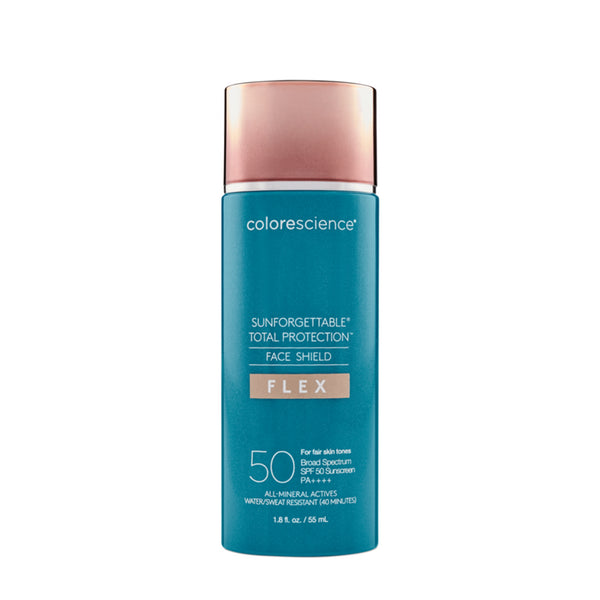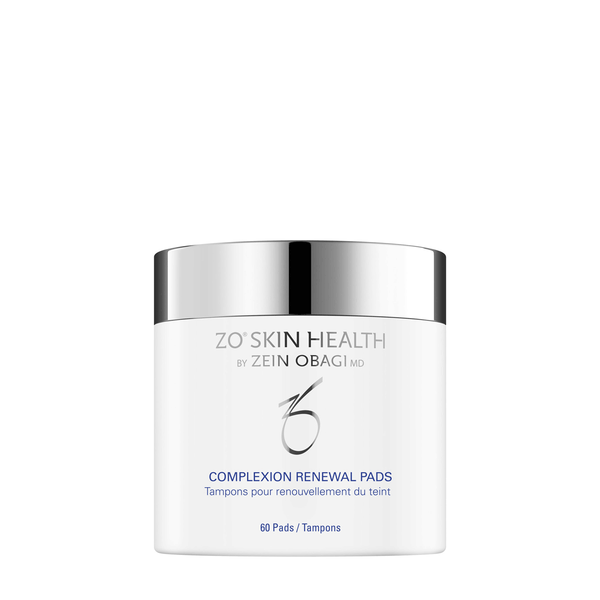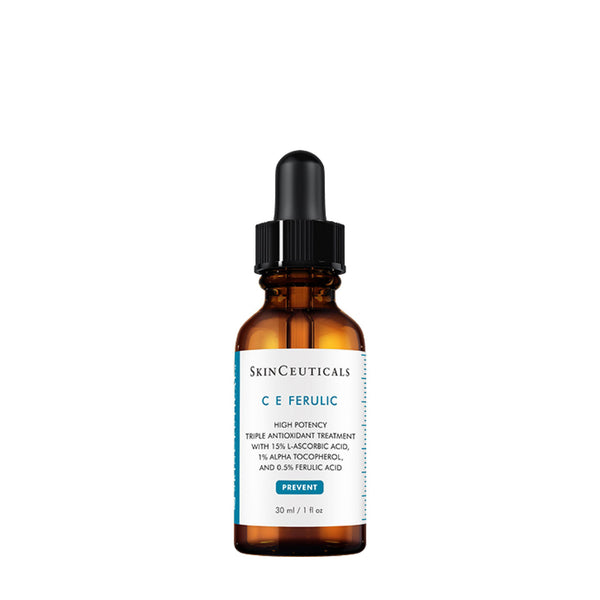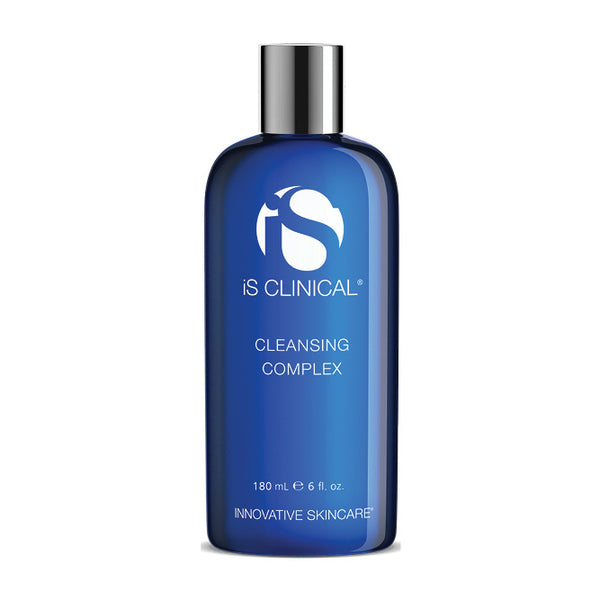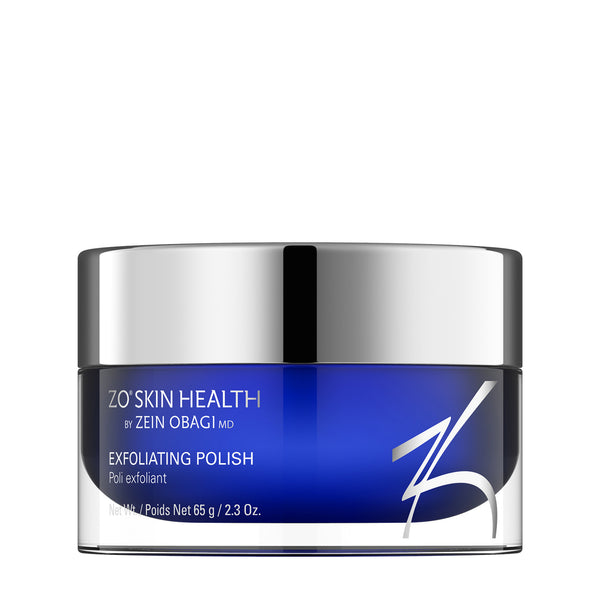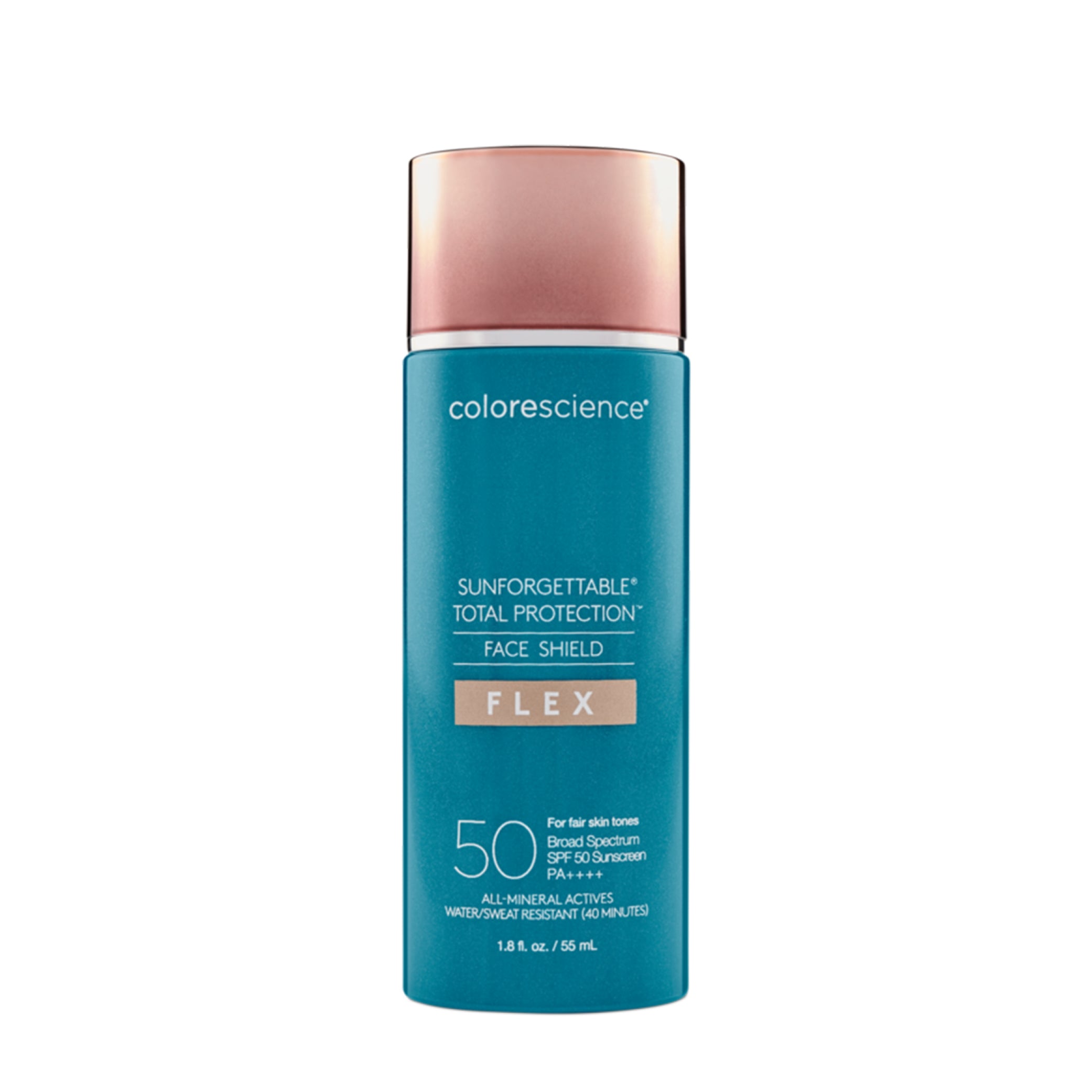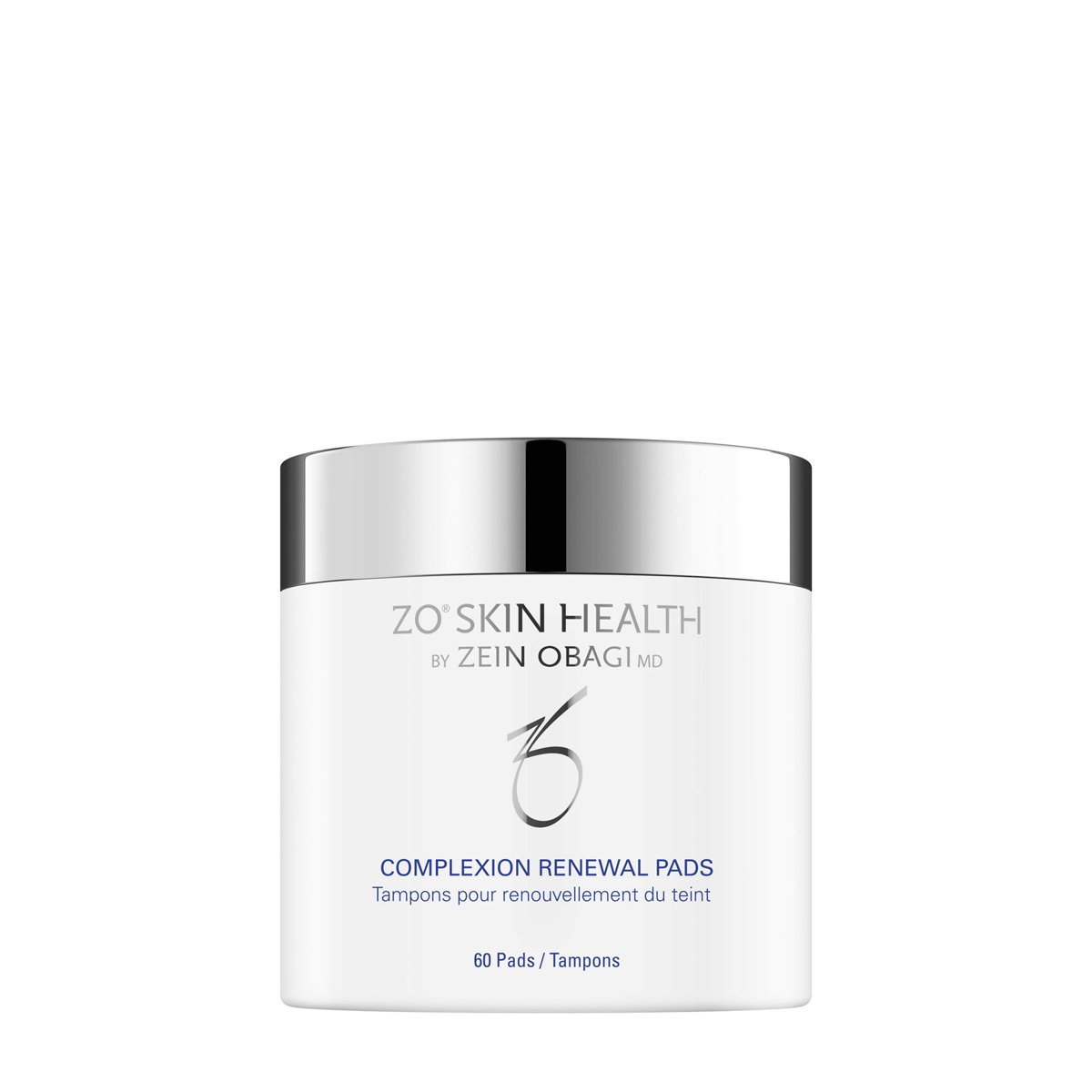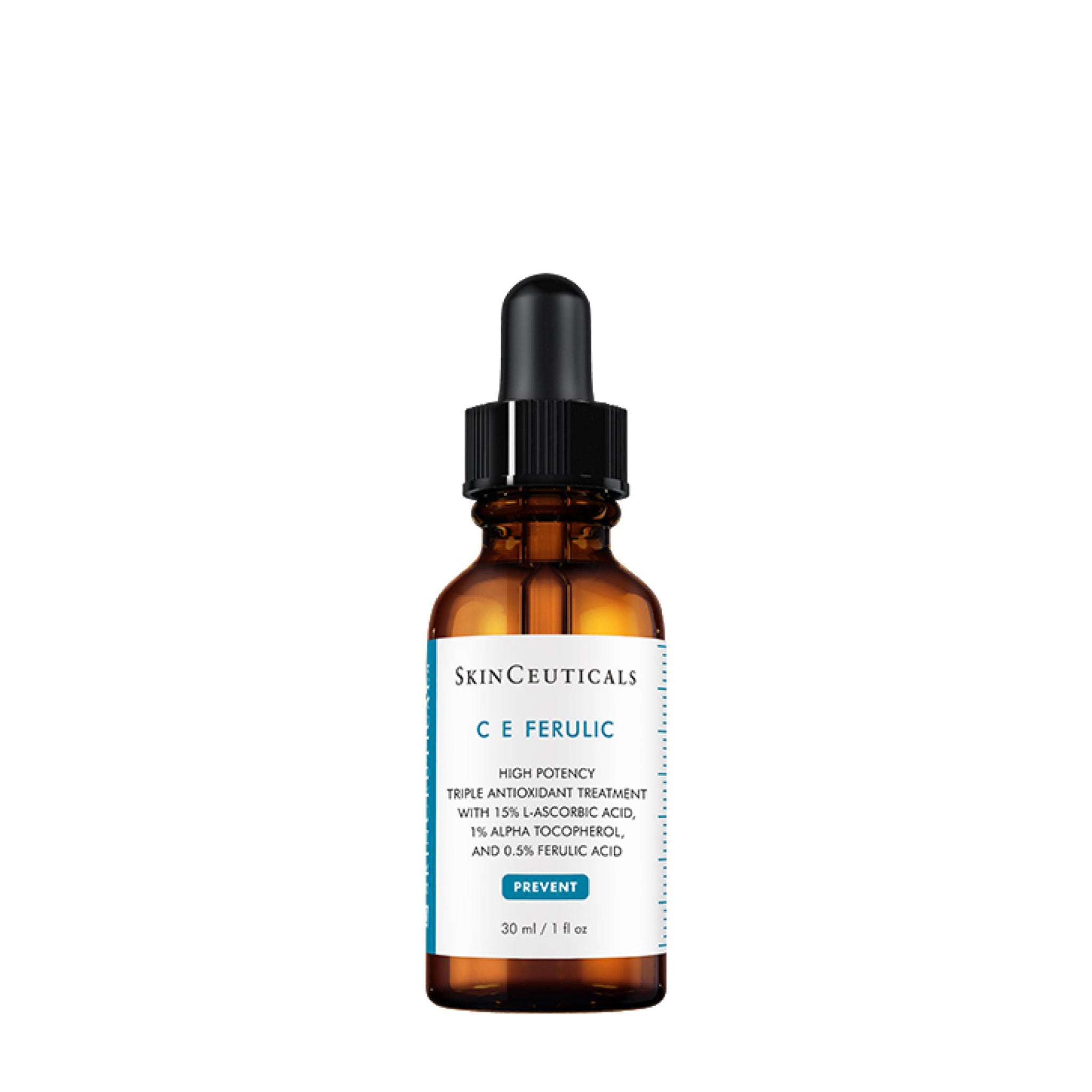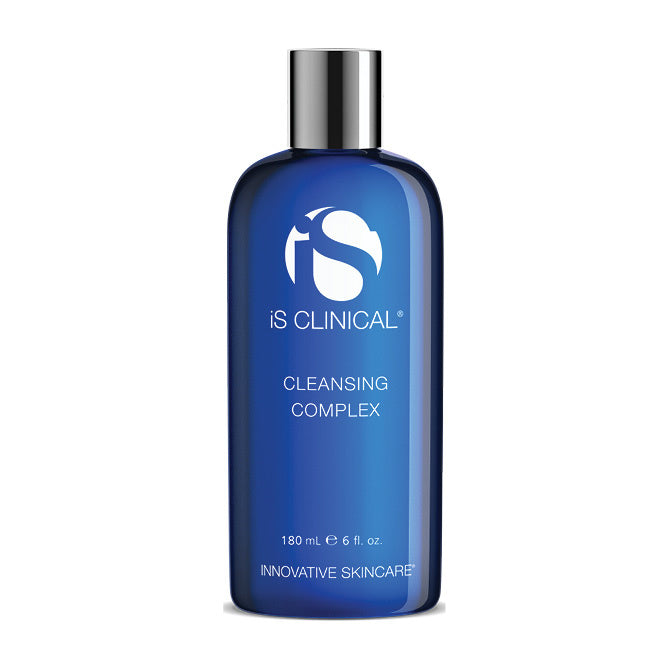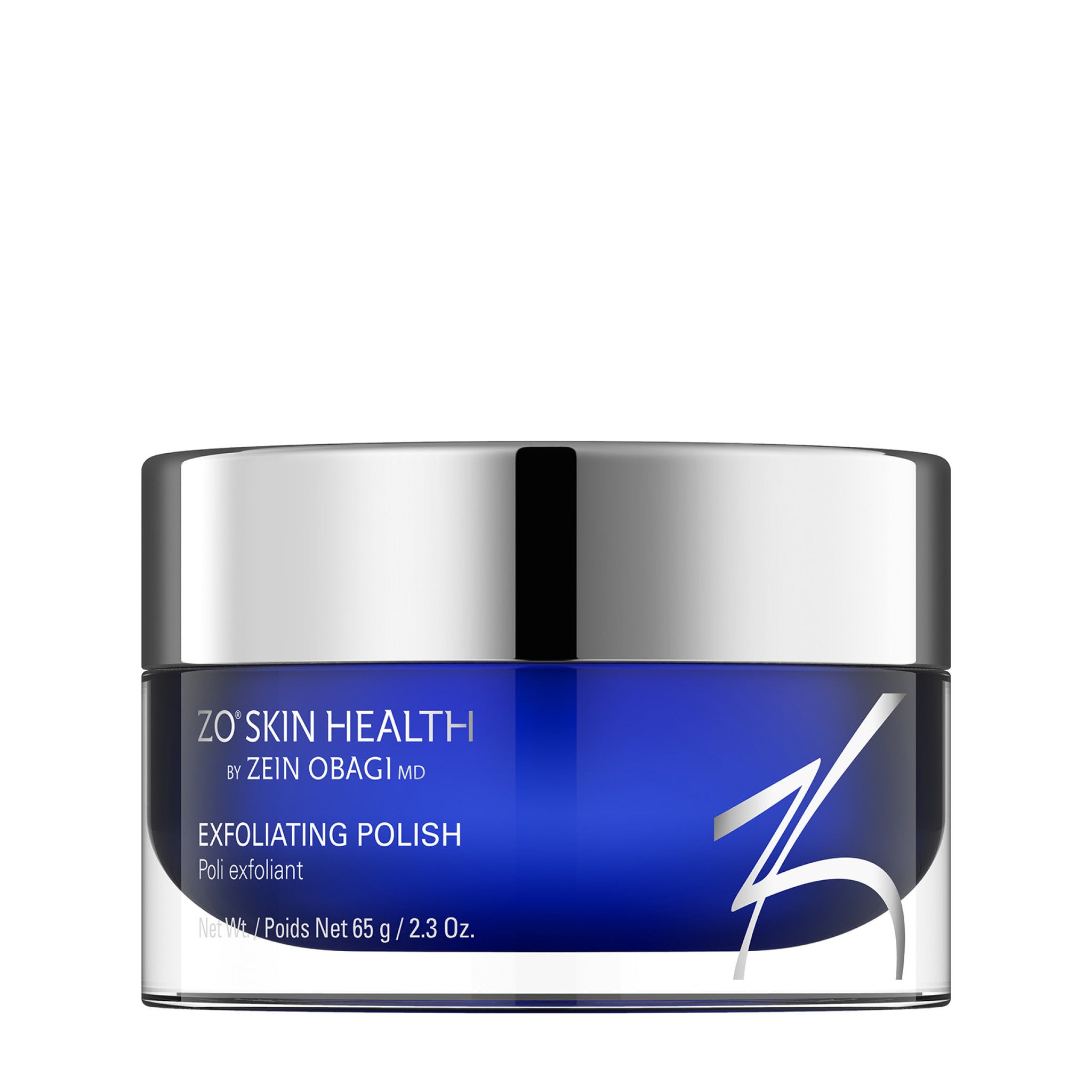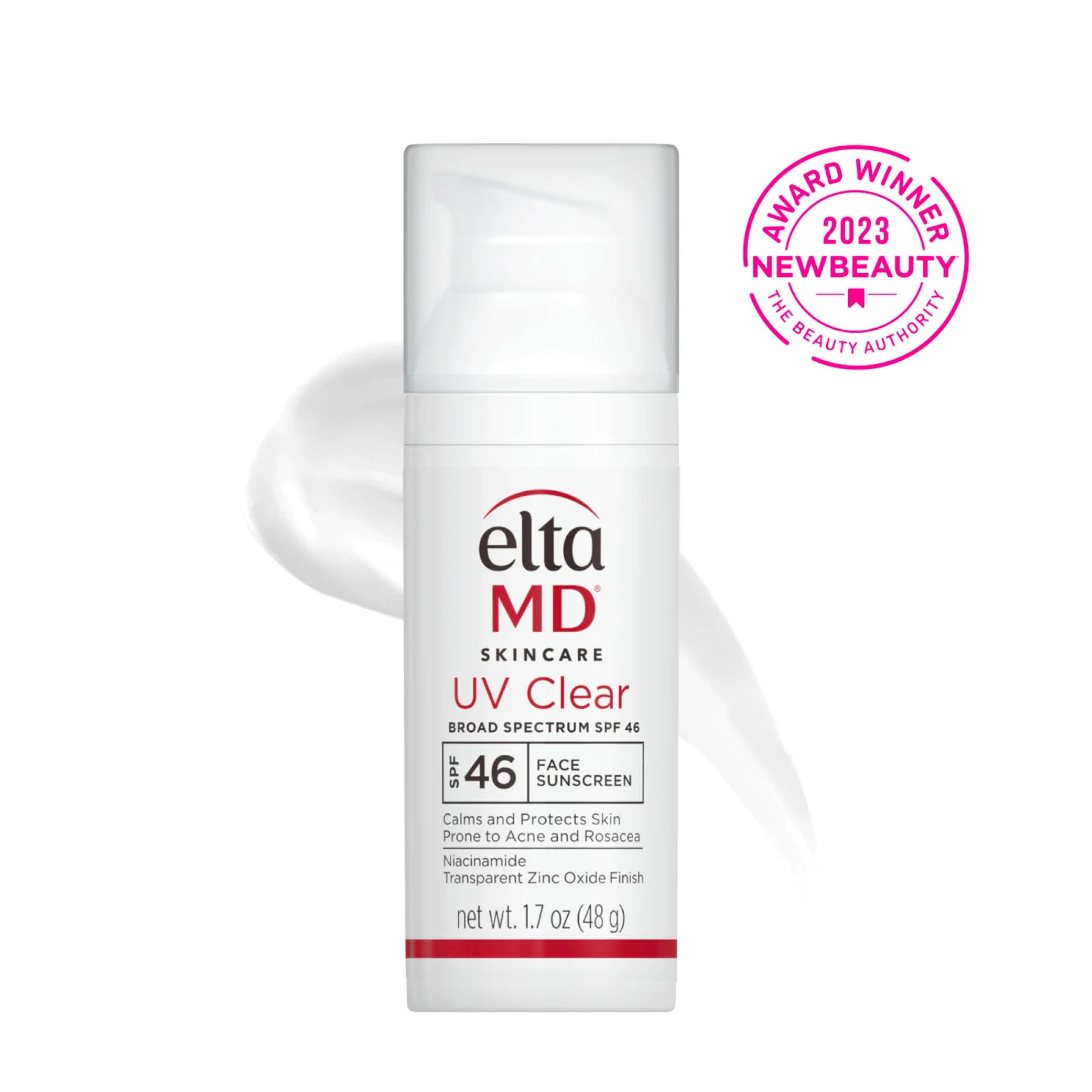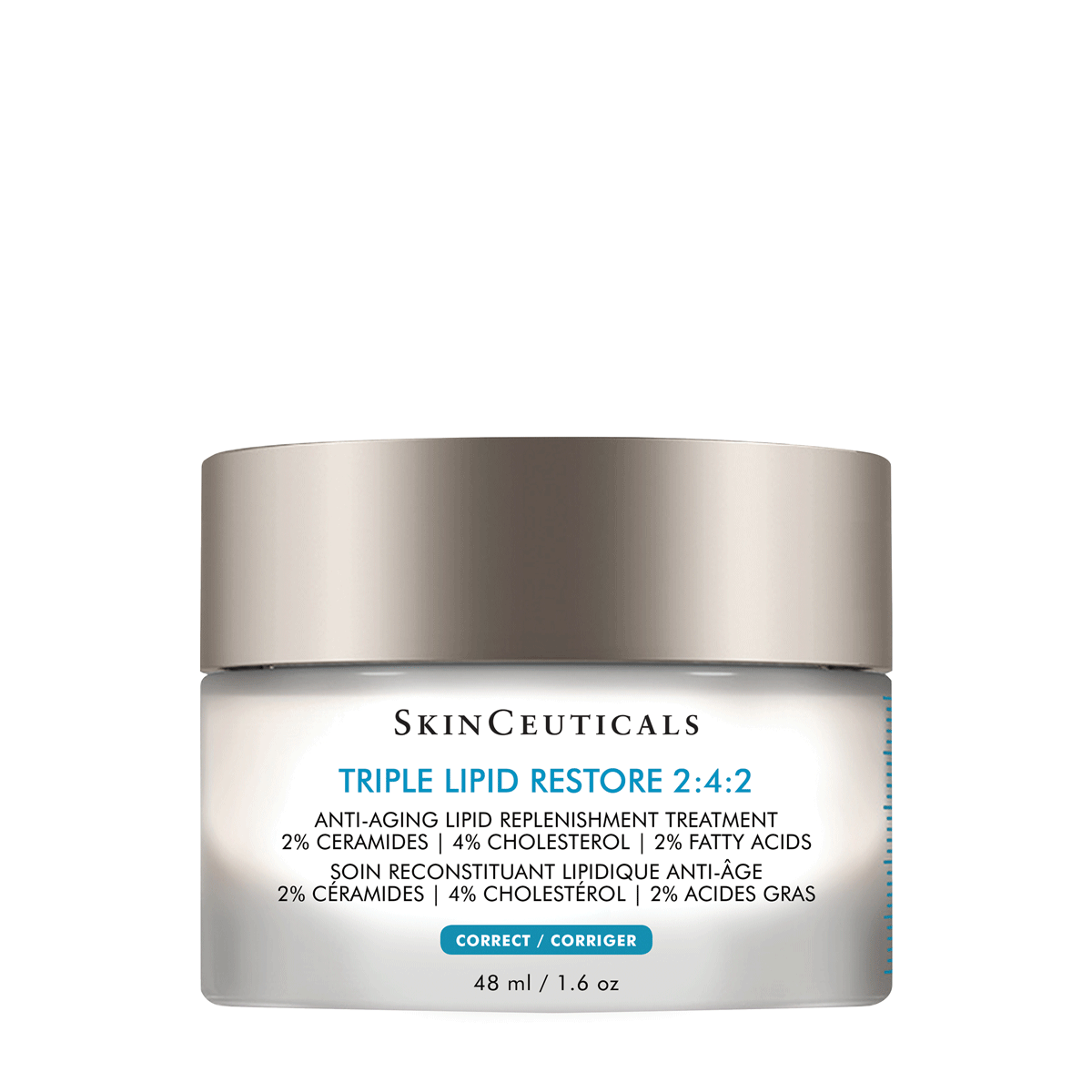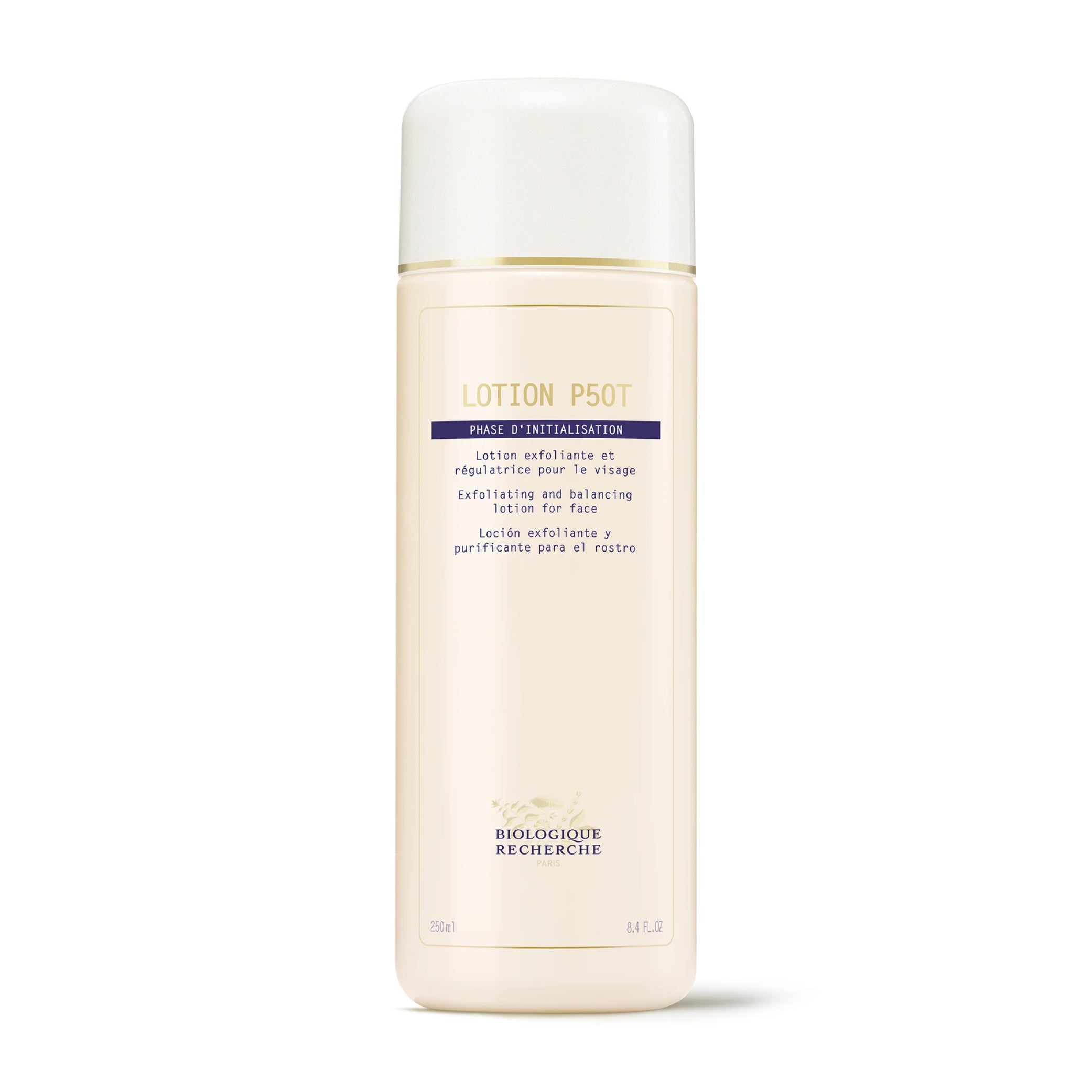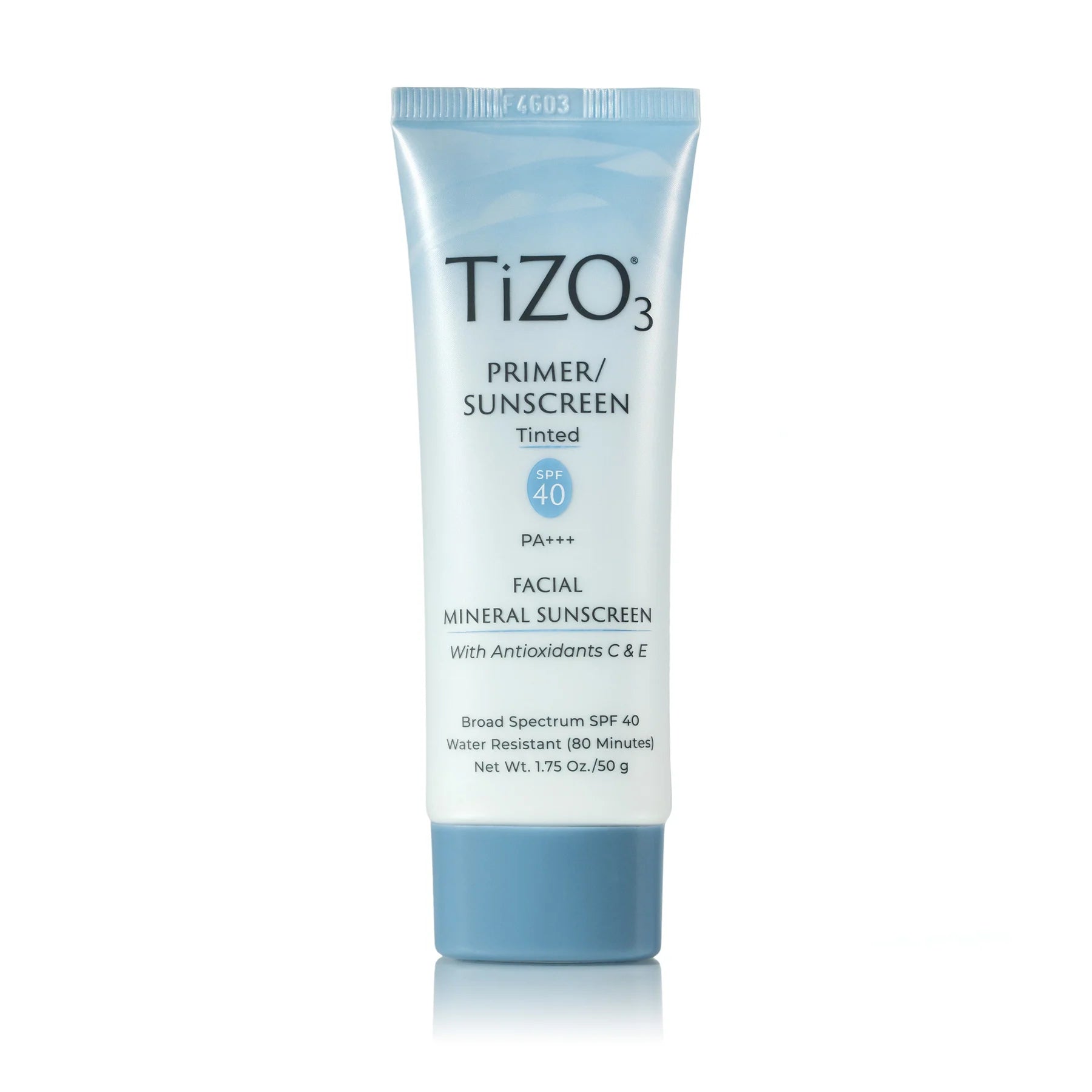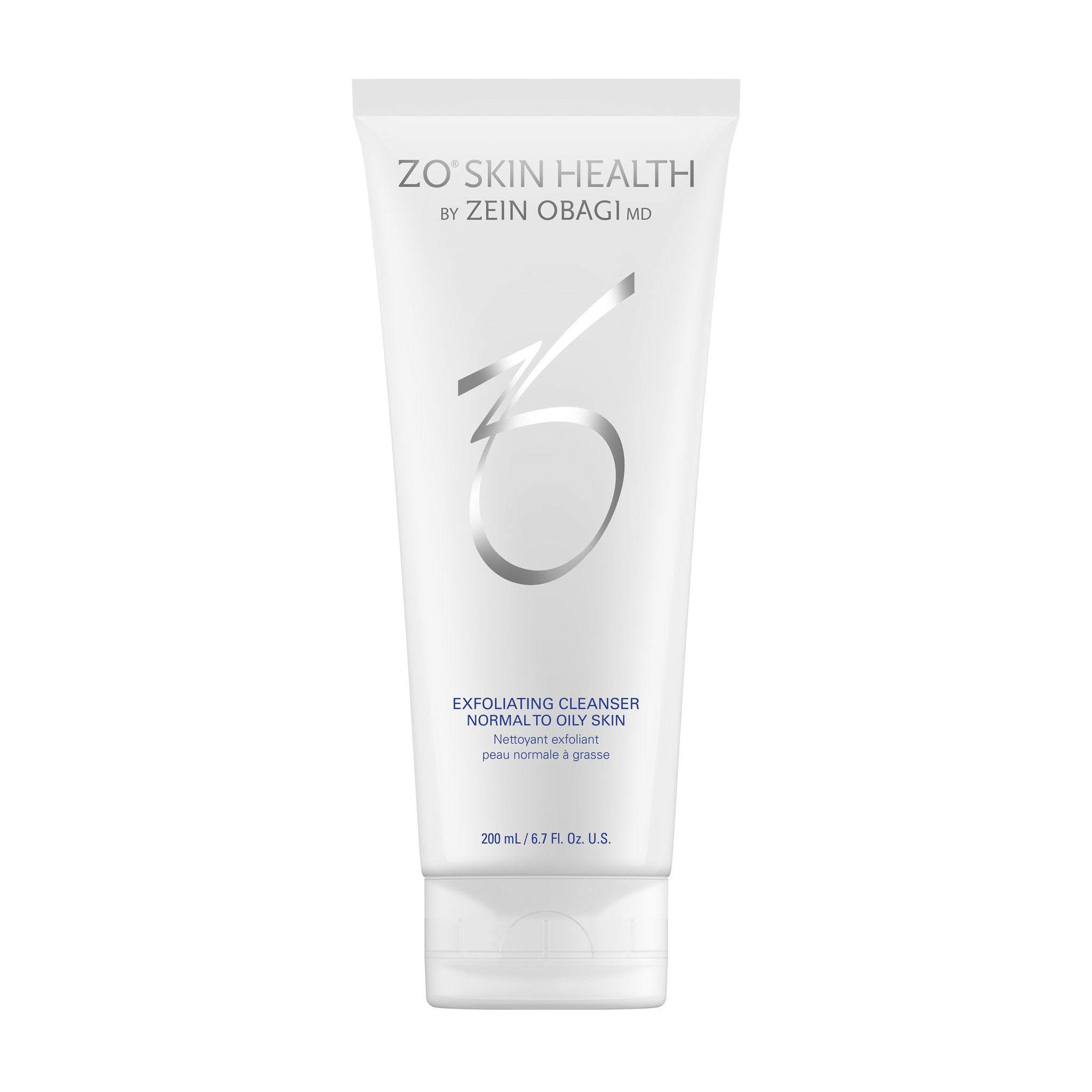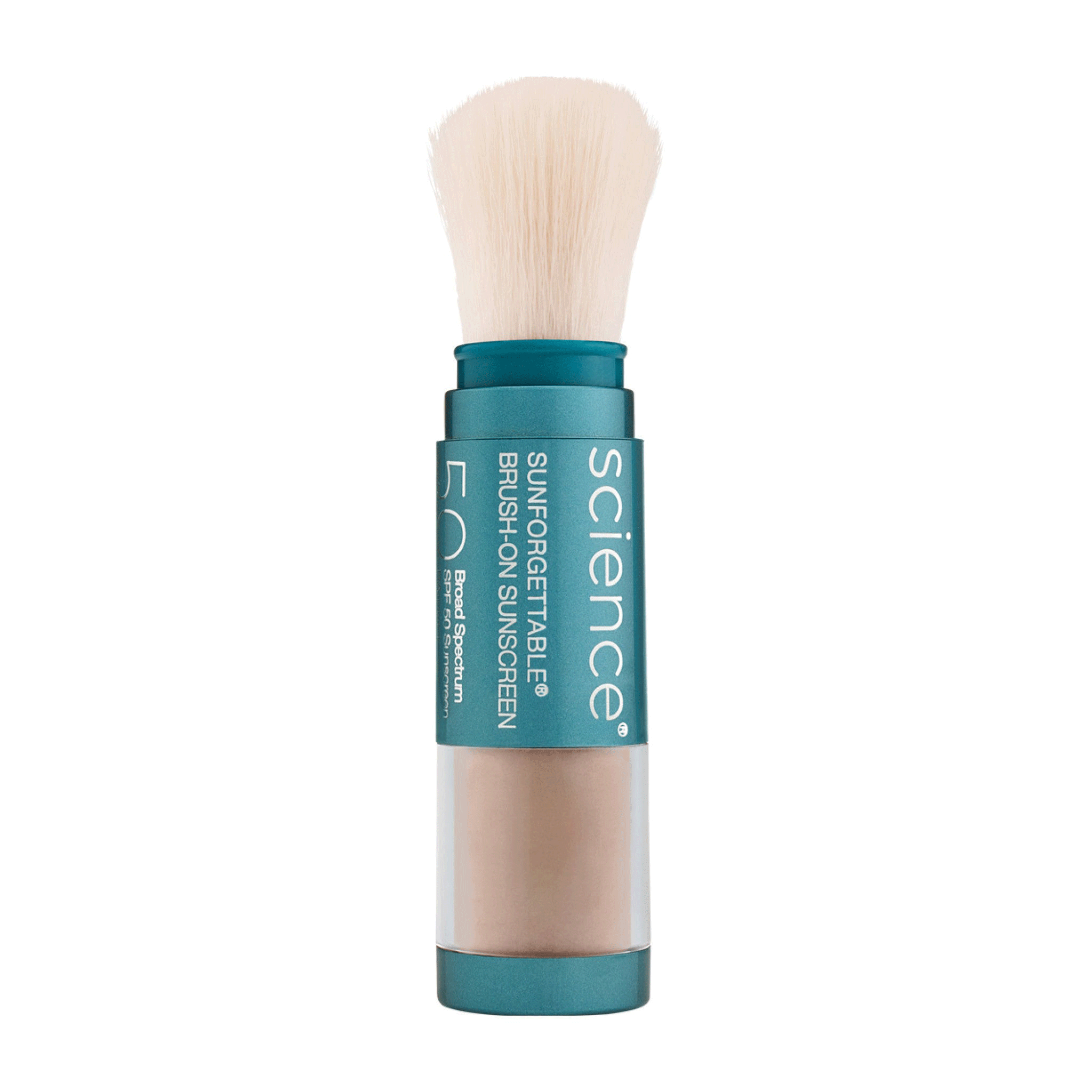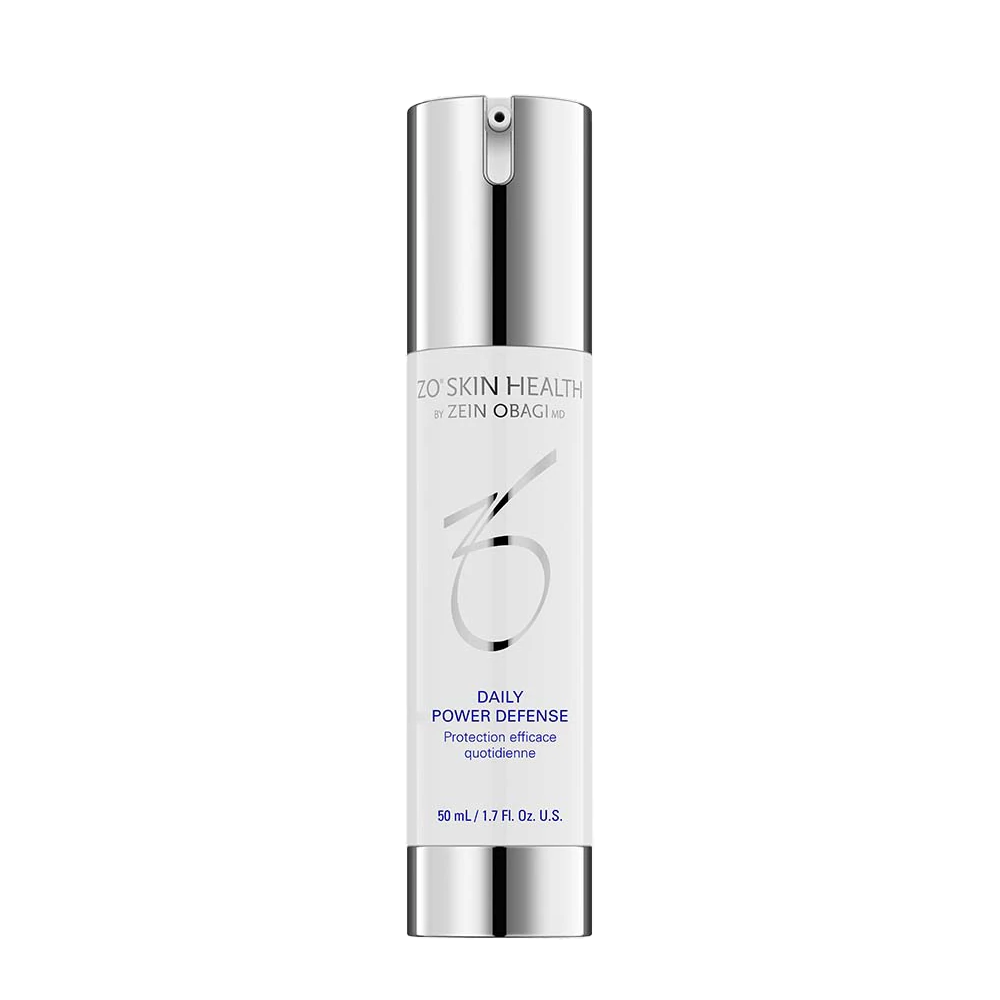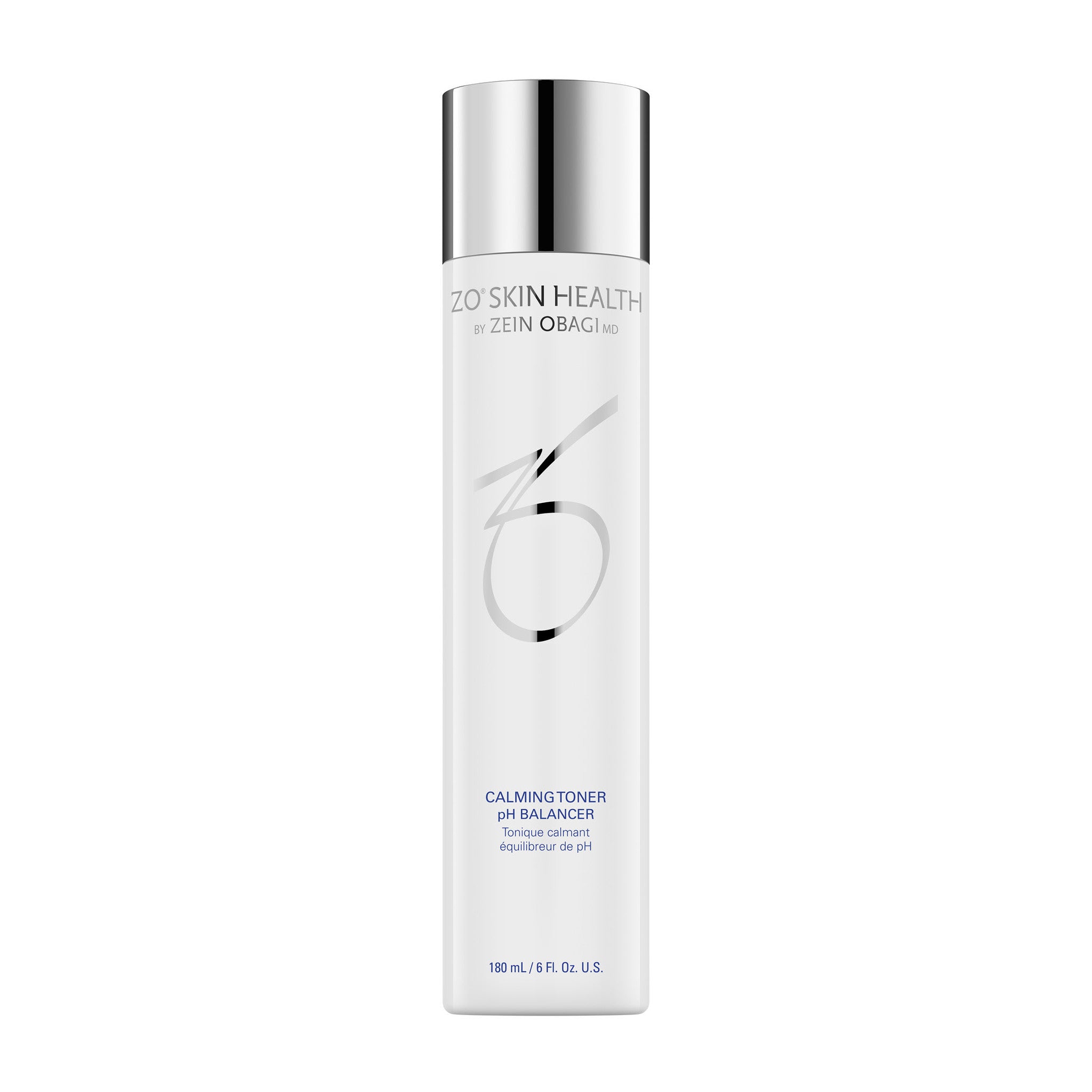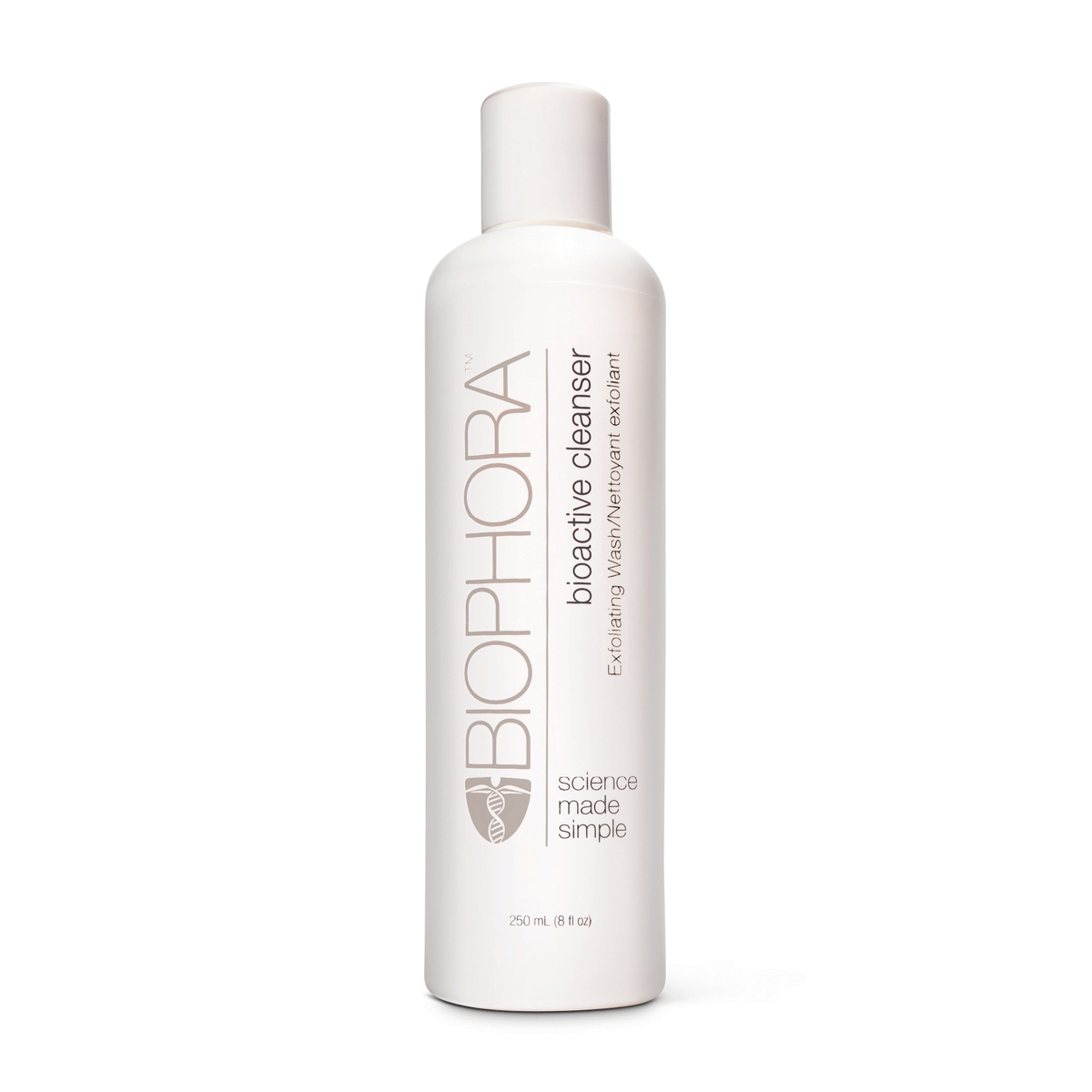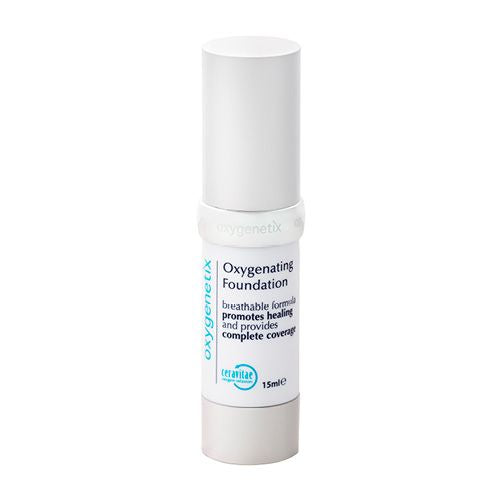The holiday magic doesn’t end here
20% Off The Holiday Kits*
*EXCLUSIONS: Biologique Recherche, Éminence, iS Clinical.
CODE: KITS20
Route
Shipping Protection by Route
Sale priceFrom $1.37
 Earn 1.37 Glow Points
Earn 1.37 Glow Points Earn 85 Glow Points
Earn 85 Glow Points Earn 45 Glow Points
Earn 45 Glow Points
Skinceuticals
C E Ferulic
Sale price$220.00
 Earn 220 Glow Points
Earn 220 Glow Points Earn 36 Glow Points
Earn 36 Glow Points Earn 33 Glow Points
Earn 33 Glow Points
EltaMD
UV Clear Broad Spectrum SPF 46
Sale price$75.00
 Earn 75 Glow Points
Earn 75 Glow Points Earn 56 Glow Points
Earn 56 Glow Points Earn 42 Glow Points
Earn 42 Glow Points
TiZO
TIZO3 Facial Primer Sunscreen SPF 40
Sale price$66.00
 Earn 66 Glow Points
Earn 66 Glow Points Earn 25 Glow Points
Earn 25 Glow Points
Colorescience
Enviroscreen Protection Brush-On Shield SPF 50
Sale price$95.00
 Earn 95 Glow Points
Earn 95 Glow Points Earn 145 Glow Points
Earn 145 Glow Points Earn 25 Glow Points
Earn 25 Glow Points
Biophora
Bioactive Cleanser
Sale price$54.00
 Earn 54 Glow Points
Earn 54 Glow Points
Oxygenetix
Oxygenating Foundation
Sale price$98.00
 Earn 98 Glow Points
Earn 98 Glow Points
